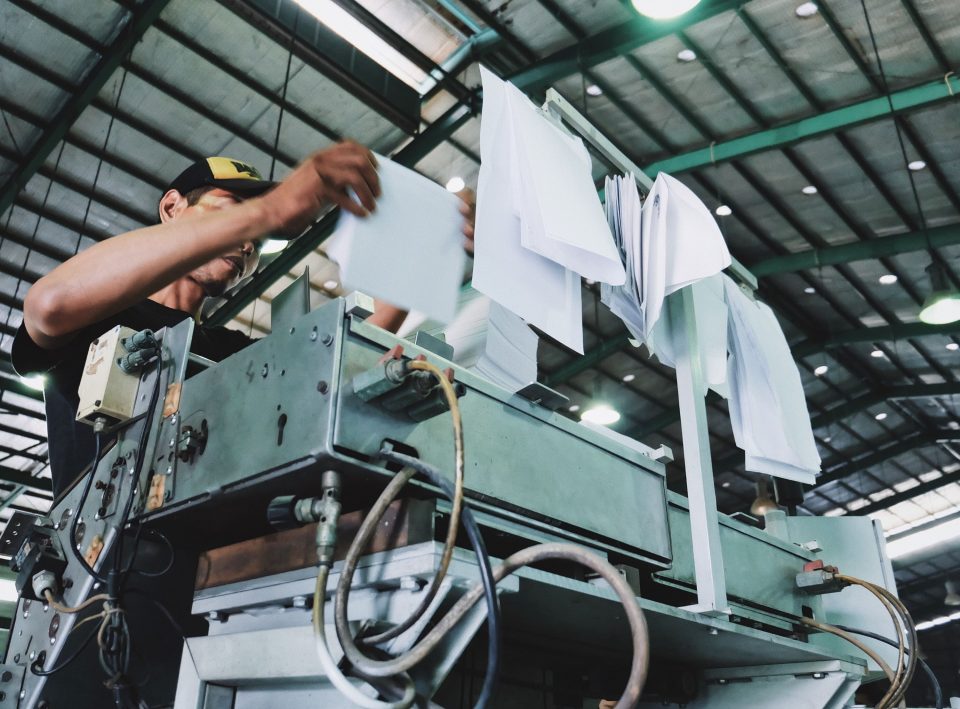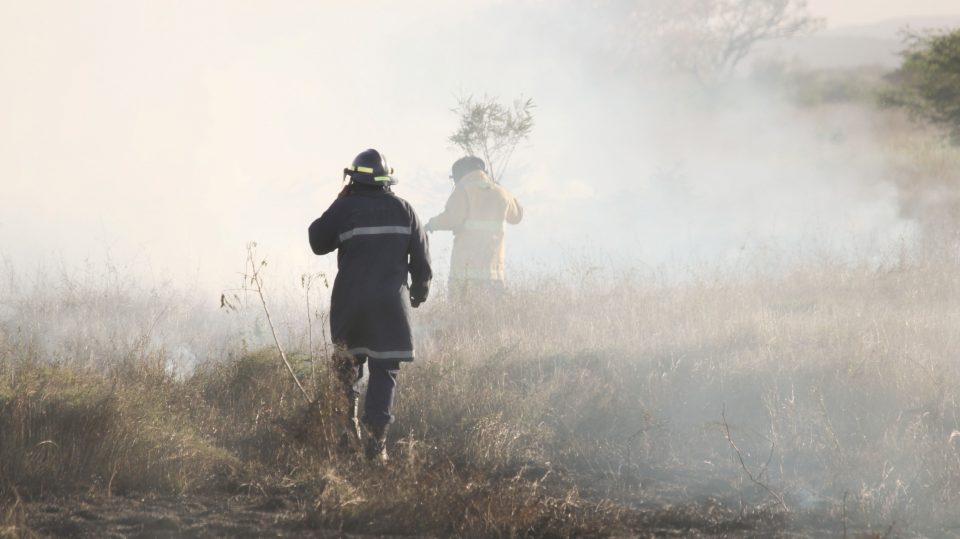Forest protection certifications

The poetry of Dorothy Parker
November 14, 2022
The Office: Who knew selling paper could be so funny?
November 23, 2022
Paper is a product of natural origin, biodegradable and recyclable, and an ecological alternative to plastic. But not all the paper is the same. The paper made from wood from forests planted in the appropriate locations, and managed in a sustainable way, makes a positive difference on the Planet. But how can we, as consumers, know the origin of the paper we buy? The answer is on the label.
Forest FSC® (Forest Stewardship Council®) and PEFCTM (Program for the
Endorsement of Forest Certification) certification stamps ensure responsible forest management and provide consumers with assurance about the origin of the raw materials in the products they bear. This is the case with the certified paper found on store shelves: The FSC® and PEFCTM seals certify that the wood used in their products comes from forests that have subject to high standards of environmental and social management, cared for, cleaned, protected and renewed in balance. The consumer
can thus make an informed and environmentally responsible choice of office or home use paper he purchases.
What is forest certification for?
Certification is a voluntary process that guarantees the recognition, through third parties, independent and accredited for this purpose, of the good management practiced in a given forest area. The owner or manager of a certified forest must comply with the law, invest in improving its management practices to take economic advantage of the forest, maintaining nature conservation values and minimizing impacts on local communities.

This is the chain for a responsible choice
The main forest certification systems – FSC® and PEFCTM – were developed in the 1990s within international environmental organizations, groups of forest producers, and the timber sector to ensure a set of requirements of responsibility for the forest and its management. These ensure that wood and other forest-based products are manufactured in accordance with the highest technical, ethical, environmental, and social standards.
The certification attests to the origin of the raw material and the traceability of forest-based products: it starts with forest management and runs through the chain of custody (manufacturers, processors, and traders of forest products), in a cycle that allows control of the transformation of this raw material, certified wood, in the various stages leading to consumer goods, assisting consumers in making responsible choices and ensuring the sustainability of natural resources.
The European Ecolabel
Introduced in 1992 as part of the European Union’s strategy for sustainable
production and consumption, EU Ecolabel promotes products and services that meet strict environmental performance criteria, protecting the ecosystem and consumers. The Ecolabel seal certifies that paper goods are made from certified wood of controlled origin.
The European Union Ecolabel
The EU Ecolabel is a sign of environmental excellence given to products and services that fulfill high environmental requirements throughout their entire life cycle, from raw material extraction to production, distribution, and disposal. At least 70% of the fibers connected with paper products must come from forests managed in line with forest management principles.
The Navigator Company’s sustainable forests support National Geographic Portugal to reduce its ecological footprint.
Sources: Flash Eurobarometer 367 (2013). Attitudes of Europeans towards building the single market for green products, for European Commission | K. Kern et al (2001).
Ecolabeling and Forest Certification as New Environmental Policy Instruments. Factors which Impede and Support Diffusion | http://ec.europa.eu/environment/ecolabel | FAO (2015).
Global Forest Resources Assessment 2015. How are the World’s Forests Changing?




